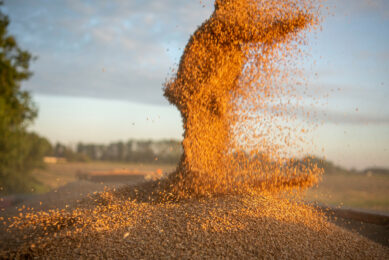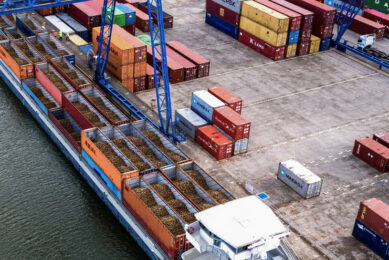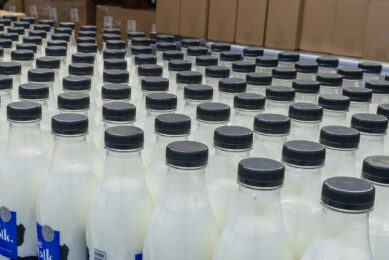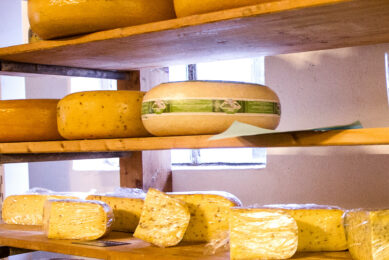Zooming in on dairy farming in Zimbabwe
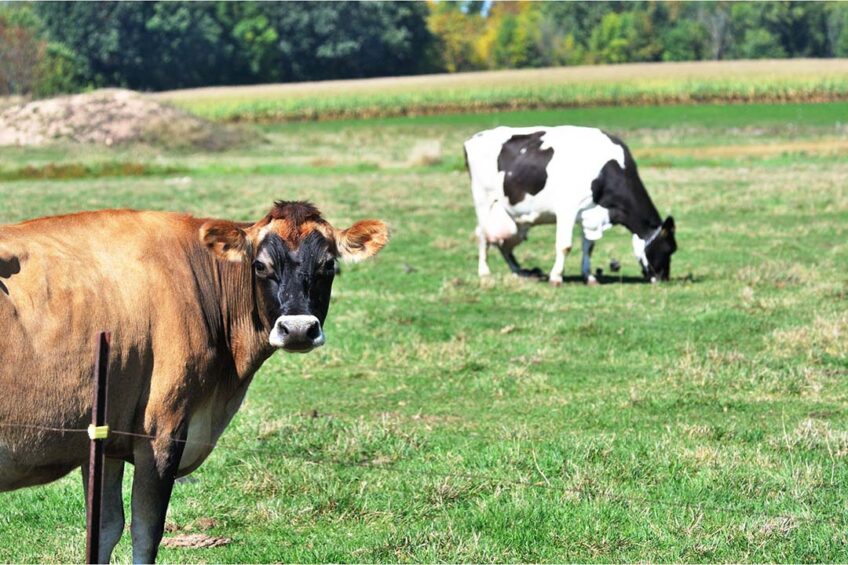
Mafuro Farming is an innovative dairy business currently operating on 3 farms in Zimbabwe, 2 of which are located in Marondera and the third in Kwekwe. The farms run on a pasture-based system where perennial pastures, legumes, and cereals are grown, thereby producing most of the animals’ feed on the farm.
Mafuro Farming herd about 2,230 dairy cows which consists of crossbreeds of Jersey and Holstein cows with a staff compliment of 208 workers. Its total investment over the past 2 years has been around US$5.24 million. The farms, owned by Innscor Africa Limited is one of the largest stock exchange-listed businesses in Zimbabwe. It supplies all of its milk to Prodairy, a Ruwa-based processing plant with raw milk also owned by Innscor.
“We have a total herd count of 2,230, and 50% of these cows are of milking age. The number of animals in milk increased by 16.8% in the current year and milk volumes are up by 8%,” said Julian Schonken, the Innscor Africa Limited group chief executive officer.
Partnership with government
He added that Mafuro Farming also had a programme meant to empower and nurture young farmers in dairy through the establishment of a training facility partnering with the government of Zimbabwe.
“Mafuro Farming has established and maintained a partnership with the government of Zimbabwe through relations with Grasslands Research Institute (also in Marondera) where Mafuro’s dairy venture began,” said Schonken, adding that the company is looking to expand into training young and aspiring youth through the establishment of a dairy training school and creation of out-grower programmes. Schonken adds: “By doing so, sustainable opportunities for the dairy industry are created.”
Additionally, the Safari Farm (in Marondera) adopted an inter-herd plus computer program which captures crucial information on artificial insemination services, lactations, heifers, and dams. “This innovation is highly important to the business as it keeps the farm and its veterinary services up to date on the animals. A fourth quadrant program was incorporated which supports pasture management by analysing weekly feed, farm cover and grazing thus helping to determine monthly and annual pasture production,” said Schonken, noting that this is useful in the decision-making processes related to the management of pastures.
“This minimises input costs of the company’s business model as a reduced amount of inorganic fertilisers would be required. As the company aims to operate on a low-cost model, Mafuro Farming collects and stores cow manure (slurry) which is pumped and applied as fertiliser on the pastures,” he said.
Efficient dairy farming
Schonken added that the setting up of the Kwekwe Farm, Innscor Africa senior management was consciously aiming at driving the business towards the adoption and implementation of the right mind-set and efficient farming practices.
“The company’s ultimate goal is to supply the country’s and (the southern Africa) regional raw milk demand and to cut current reliance on imported milk powder. Mafuro Farming invested in Afimilk management software which is vital in improving herd health and profitability by facilitating early diagnosis and treatment of feed deficiencies, ketosis, and mastitis.
“The software assists in improving herd planning and boosts herd fertility. Having recently concluded the investment activity for the East Range dairy, the business is ready to focus on business optimisation in the forthcoming year,” said Schonken.
Zimbabwe’s annual milk production last year was 105 million litres, and in 2022, production was 90 million litres, a 15% growth compared to 79.6 million litres recorded in 2021. As a result, milk imports in Zimbabwe declined last year by 17%, dropping from 8.9 million litres to 7.4 million litres.
With funding from the EU, Zimbabwe is also working on improving its national dairy livestock genetics and last year sourced 200 in-calf heifers from neighbouring South Africa.
Join 13,000+ subscribers
Subscribe to our newsletter to stay updated about all the need-to-know content in the dairy sector, two times a week.



